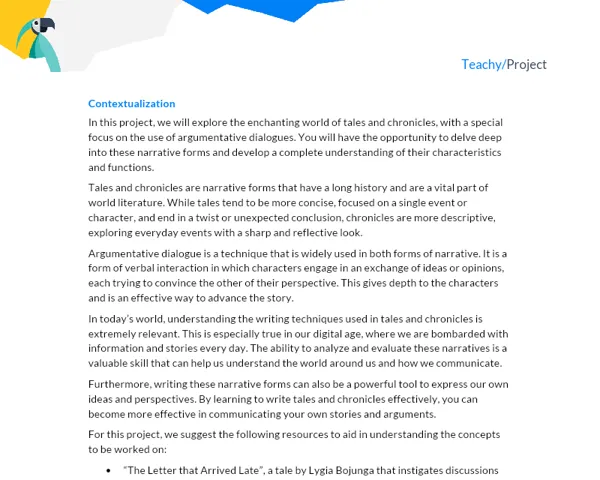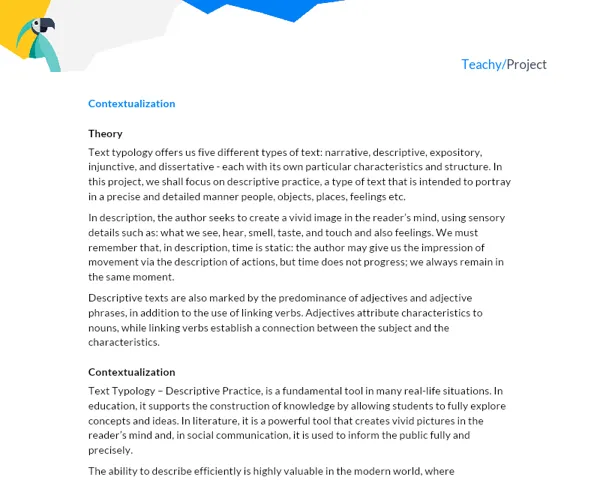Contextualization
Introduction
Coherence is a crucial element in the study of the Portuguese language and is responsible for the logical and semantic organization of a text. It ensures that the ideas expressed in writing or speech connect in a sensitive and understandable way, forming a meaningful whole. Without it, misunderstandings can arise, meaning can be distorted, and the message is lost.
Textual coherence is complex and multifaceted, involving linguistic and non-linguistic factors. There is a dynamic interaction between the text, the discourse participants, and the situational context. This element is crucial for communicative competence, where a perfect balance between language, content, and situation is necessary.
Therefore, understanding and applying coherence are of great importance in the production and interpretation of texts. Without it, our communications would be confusing and disjointed.
The Relevance of Coherence
In the contemporary world, the ability to communicate effectively is fundamental. Regardless of the profession or career chosen, the skill to construct coherent and consistent texts is a vital requirement. Whether in an academic article, a professional email, or a social media post, coherence is what makes our communication clear and understandable to others.
Textual coherence is not only important professionally but also personally. When we express our opinions, for example, coherence helps ensure that our ideas are understood exactly as intended. Therefore, understanding and applying coherence is not just an academic skill but a valuable life competence.
Activity
Title: The Art of Coherence: Creating and Analyzing Literary Plots
Project Objective
The objective of this project is to develop an understanding of the concept of coherence through the creation and analysis of literary plots in groups. With this activity, students will practice writing and reading skills, apply theoretical concepts, work in teams, and develop time management and creative process techniques.
Project Description
Groups will be responsible for creating a micro-story that complies with the rules of textual coherence. The story will be written based on characters and scenarios drawn by the teacher. Subsequently, students will analyze coherence in texts provided by the teacher, proposing improvements when necessary.
Required Materials
- Paper and pen for sketches and notes.
- Research material for in-depth analysis.
- Computer with internet access for the final writing of the project.
Step by Step
-
Group Formation and Drawing of Characters and Scenarios: The teacher will form groups of 3 to 5 students and draw characters and scenarios for each group.
-
Story Creation: Using the drawn characters and scenarios as a base, each group will create a story that is coherent, engaging, and creative. The group must ensure coherence by correctly using syntactic structures, verb tense, and connectors.
-
Text Analysis: The teacher will provide texts that have coherence flaws. Each group must identify these flaws and suggest improvements to make the text coherent.
-
Report Writing: After completing the practical part of the project, groups must write a report that should include the following topics:
- Introduction: Contextualization of the theme, its relevance and real-world application, in addition to the project's objective.
- Development: Explanation of textual coherence theory, activities carried out, methodology used, and presentation of results.
- Conclusions: Recap of the main points, lessons learned, and conclusions drawn from the project.
- Bibliography: Citation of sources used to develop the project.
-
Project Presentation: Each group must prepare a presentation on the project, including the story created, proposed improvements for the texts, and the main points of the report.
Project deliverables include the story written by the group, the analysis and suggestions for improvements of the provided texts, the written report, and the project presentation. All these parts should demonstrate the students' understanding of the concept of coherence and its application in writing and reading texts.



